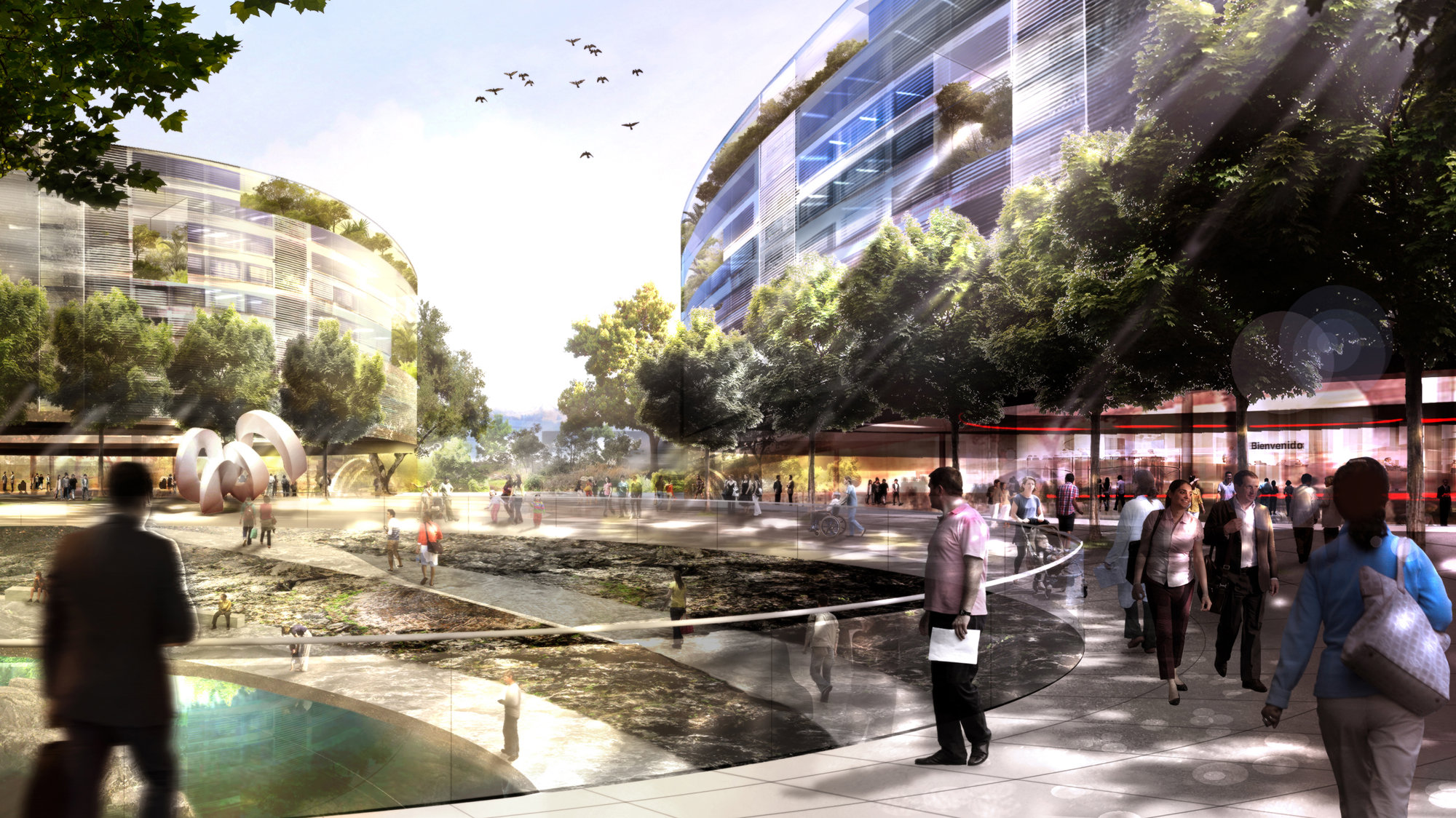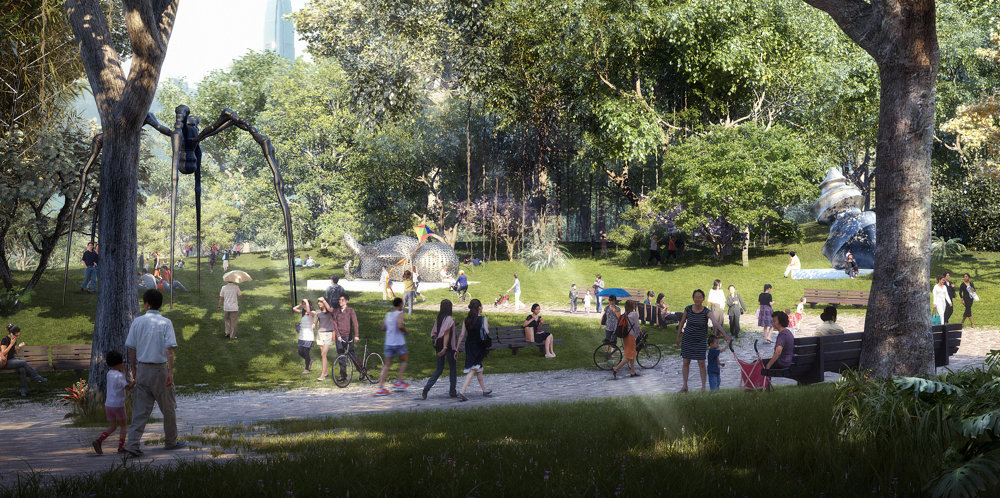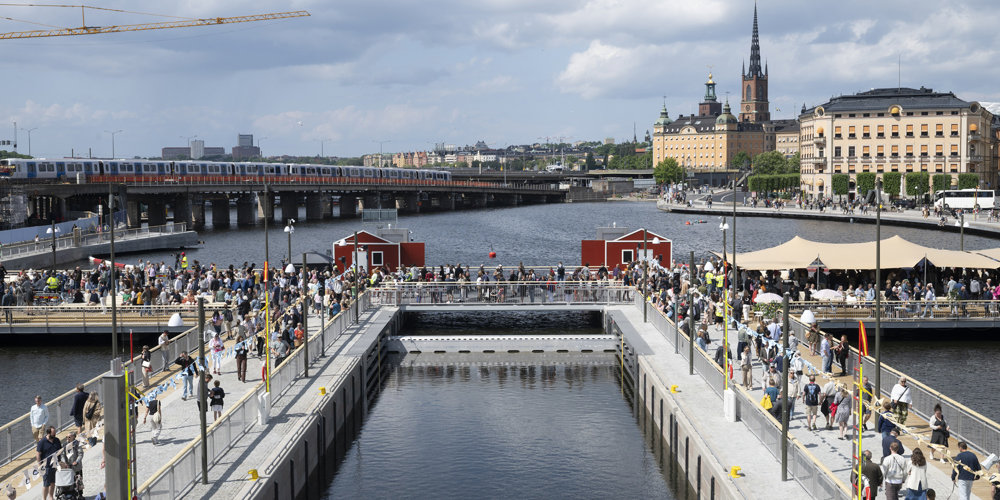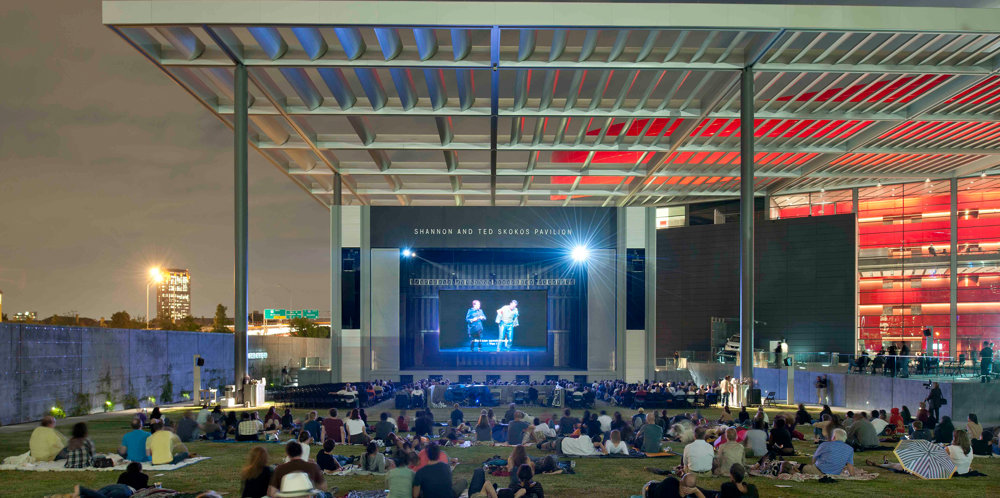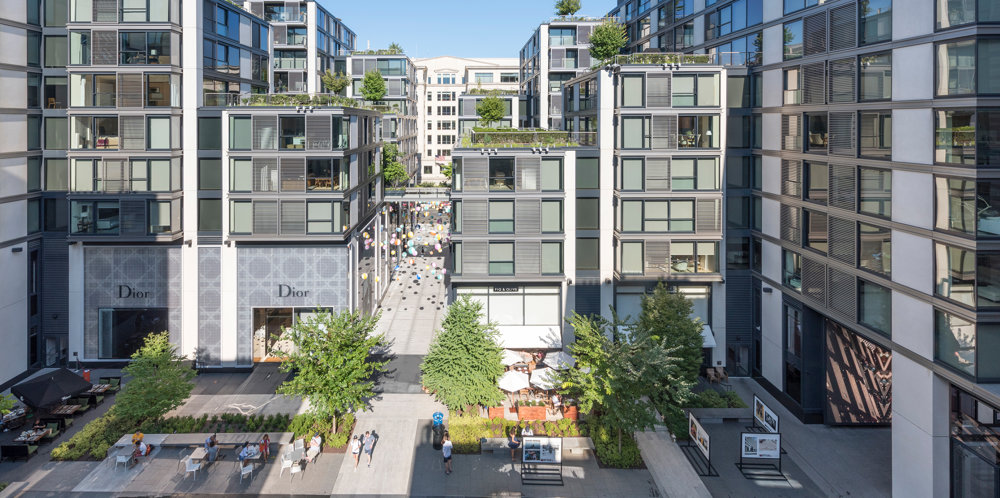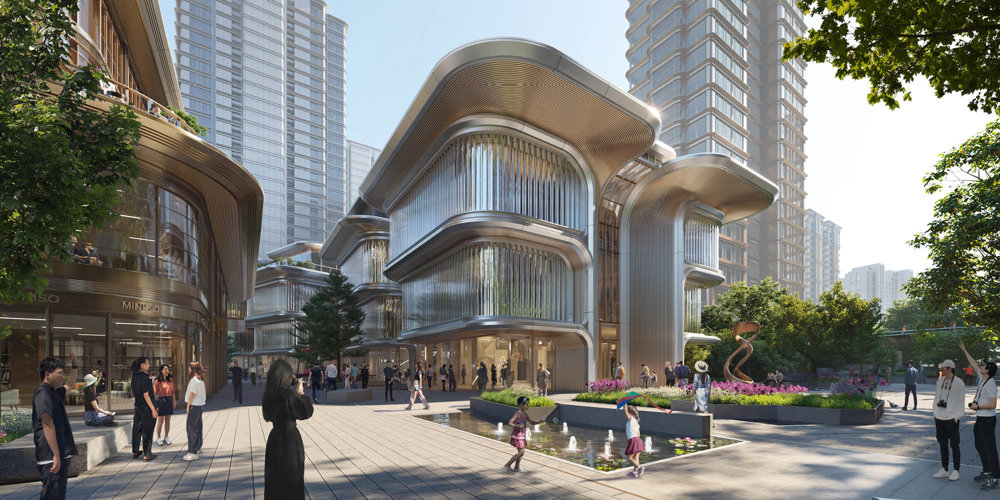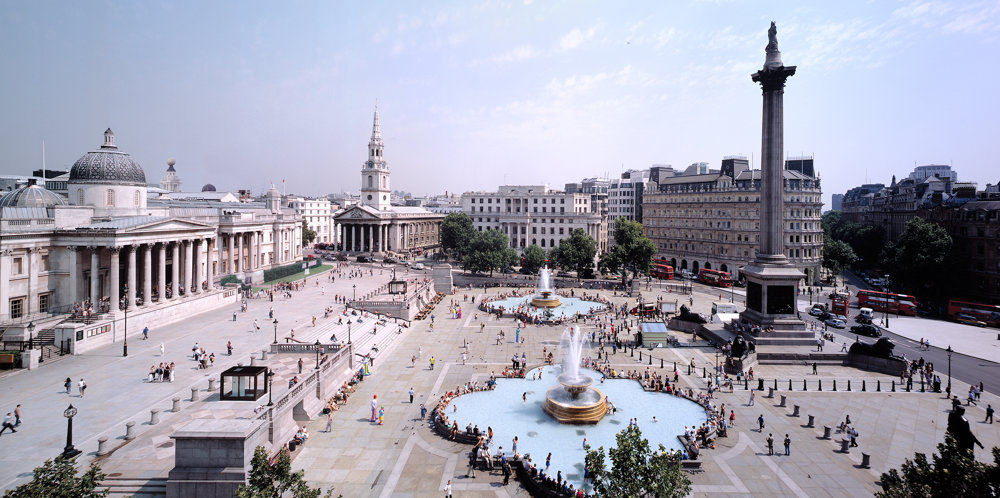The 71-hectare Campus Biometropolis masterplan lies to the south of Mexico City, close to the southern medical cluster and the National University (Universidad Nacional Autónoma de México). Conceived as a centre of medical excellence, integrating care facilities alongside state-of-the-art teaching spaces, research institutions and laboratories, the development will include offices, apartments, shops and amenities to create a sustainable mixed-use community. The scheme integrates hotel facilities for visitors to the hospital and conference centre, facilities for bio-tech industries, clinical studies and a number of specialist units, planned to target six key areas of medicine: cancer, cardiovascular, infectious diseases, pharmaceuticals, nutrition and geriatric.
Central to the aims of the low carbon development is the preservation of Mexico City’s indigenous plants and species and the creation of a vital nature reserve. This wilderness area, together with enhanced landscaped areas, will account for 50 percent of the site. Managed through UNAM and Mexico City’s government, it will provide an attractive landscaped setting for the buildings within the masterplan and safeguard the future of the land through sensitive development. The arrangement of buildings navigates the Pedregal lava fields, a network of subterranean lava tubes and caves, sections of which will be exposed to encourage scientific investigation.
Responding to the urban grain of Mexico City, the masterplan integrates public plazas, pedestrian streets and the buildings will be oriented to capture the prevailing winds from the north and connecting visually with the natural reserve with every public space. The campus will not exacerbate Mexico City’s water shortage, instead maintaining and augmenting the proportion of green space through which water can be absorbed into the aquifer below and harvesting rainwater on roofs, roads and available space. The transportation strategy is designed to encourage the use of public transport. Solar-powered electric vehicles will transport people around the campus, walking distances are short and a bus connection to the nearby university station will fully utilise the available capacity on a quieter section of the metro line. While parking spaces will be incorporated, these will be located below a raised podium level to create a pedestrian environment and maximise the available space for the nature reserve at ground level.









